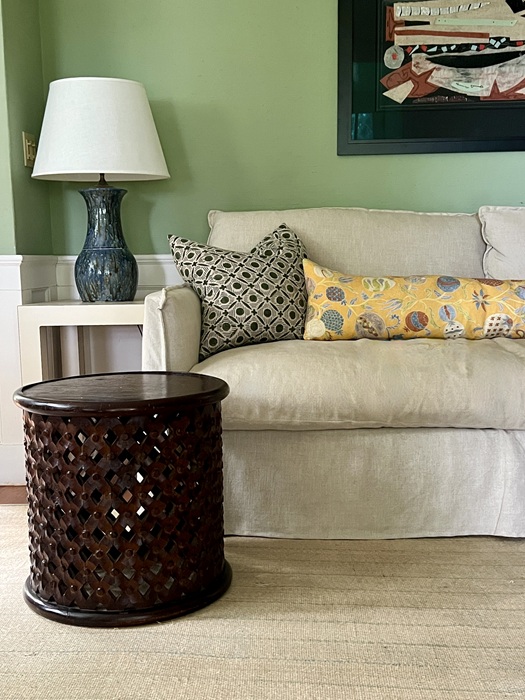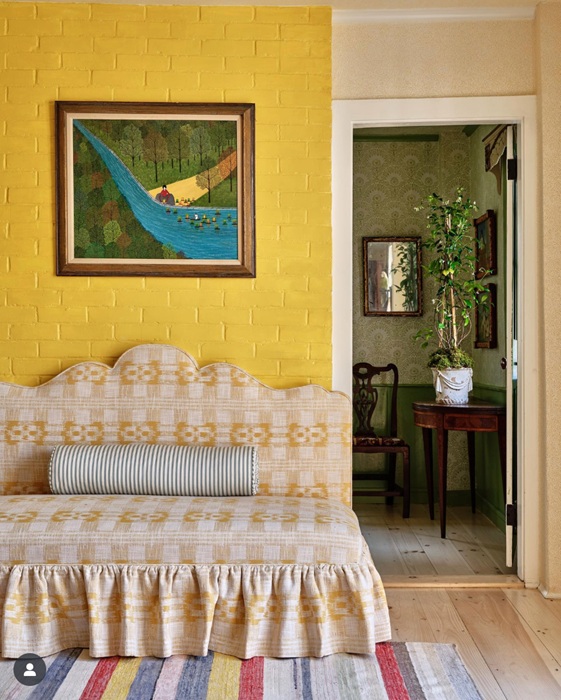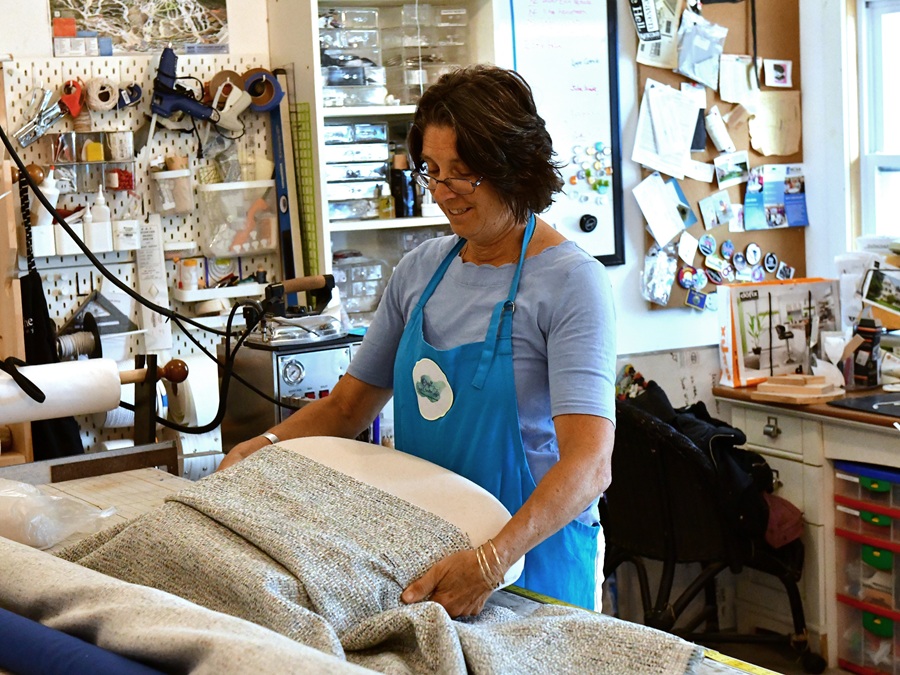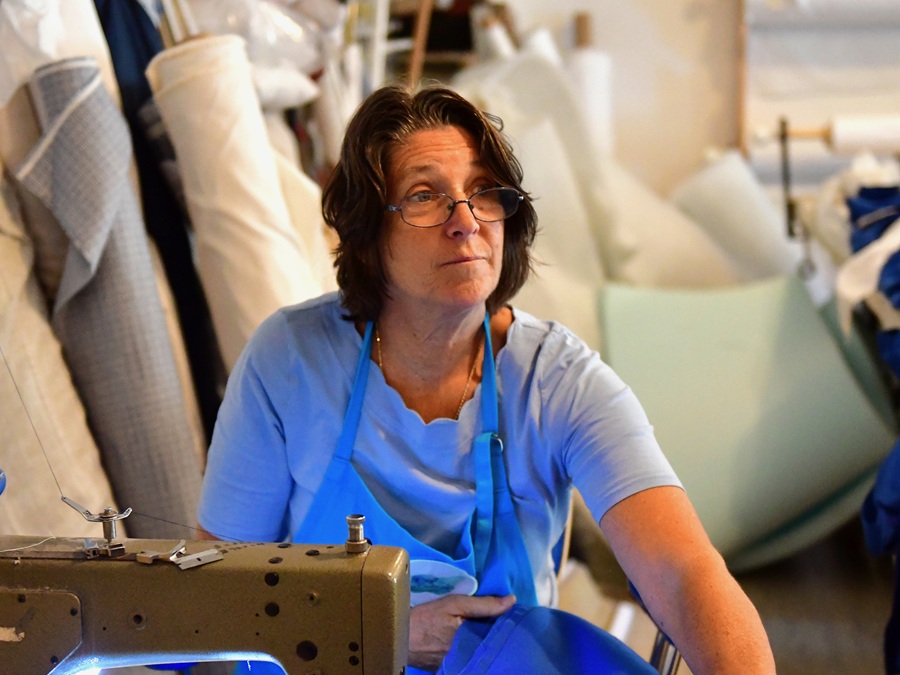When we bought our Truro cottage in 2021, the world was still pandemic-stricken, and no one was sure what would happen next. My world of interior design was in some ways busy: people who were spending more time at home were suddenly interested in making their spaces more beautiful and comfortable.
On the other hand, there were backlogs and delays in the furniture and maker world. That we were able to strike a deal to buy the house with the previous owners’ furniture in it was an immense relief. The added bonus was that this meant we spent our time discovering the land around us instead of finding a sofa and debating which chairs should go where.

It was only a matter of time before I decided I wanted to make the place more my own. When it came time to replace the old sofa, I spent weeks (OK, months) pulling all my favorite models as well as an assortment of vintage pieces readily available for my stockpile of fabric samples waiting for the right piece on which to land.
When I thought about how we would truly use the sofa, though, I remembered this would be a workhorse that would need to withstand children, dogs, and ice cream cones. I quickly changed tack. What we needed, I realized, was a slipcovered sofa. I pictured one that felt both tailored and casual, could double as a bed in a pinch, wouldn’t take months to arrive, and would be easy to care for. A quick four weeks later, my semi-custom linen-covered sofa arrived.
It shouldn’t come as a surprise that slipcovers are making a comeback. Lately, “grand millennial” and “coastal grandmother” have been replacing the clean-lined neutrals of modernism. It makes sense that this longtime decorating secret has found its way back into style. There are already slipcover-centric brands like Greenrow, a Williams-Sonoma spinoff.

Then there’s Sister Parish. It’s an online shop, yes, but the original Sister Parish, who opened her home decorating shop in 1933, was surely America’s most famous slipcover proponent — especially after Jacqueline Kennedy chose her to slipcover the White House in her sunny American country style. Her granddaughter and great-granddaughter have revived her approach to putting homespun casual style into rooms by mixing fabrics like ticking and chintz.
Cape Cod houses might or might not invite Sister Parish-style patterns, depending. But our wet-bathing-suit-wearing, sandy-footed-company-filled way of living certainly lends itself to slipcovers.

Sarah Blackwell, who makes them (along with window coverings) in her eponymous Wellfleet workshop, advises would-be slipcover customers to be careful with their fabric choices. “You don’t want anything too bulky or too light,” she says.
Louise Paquette of Still Sewing in Brewster agrees, adding that owning a slipcover isn’t a license to let dirt and stains take hold. If the piece is going to look good, the fabric needs to be cared for: “I recommend regular vacuuming, as trapped dirt and dust are what cause the mildew stains.” When a deeper cleaning is needed, I recommend steam cleaning to avoid the trouble of removing and refitting a tight cover.

Of course, you want the piece you’re covering to be in decent condition. “There’s really nothing I can’t slipcover,” says Blackwell, “except for recliners and pieces that are so badly damaged there’s nothing good left to cover.”
Don’t expect slipcovers to be cheap. The amount of fabric and the hours of exacting work that go into a good one are significant. Instead, think of it as a way to get more out of a piece of furniture over time. After making family heirlooms or special pieces new again for years, Paquette says, “What I like most about this work is that people bring me furniture that they care about.”



